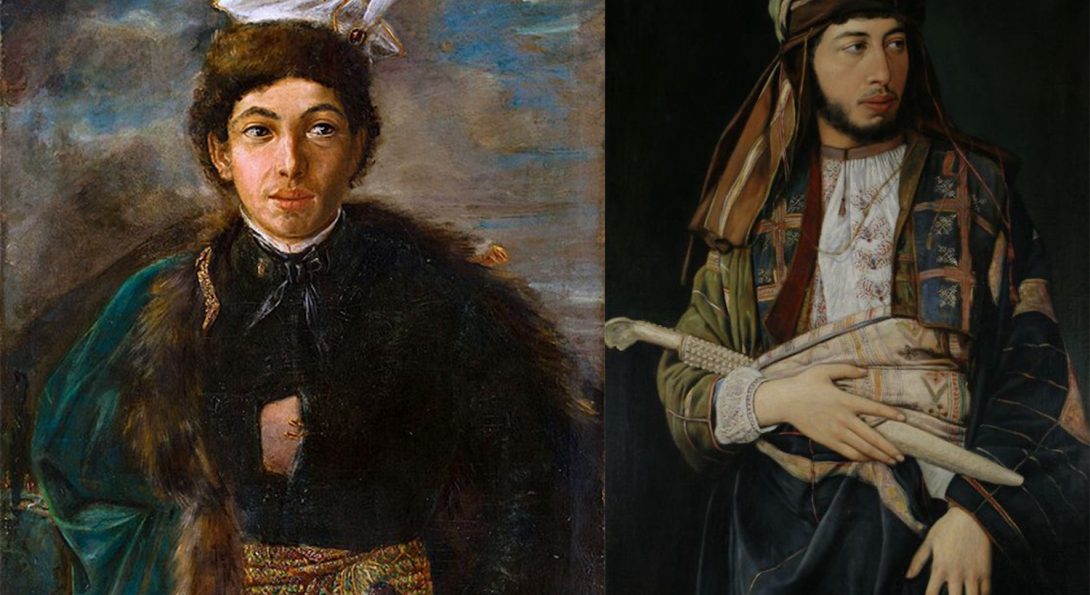Julian Adoff to present “Jewish Modernity in Multiplicity: Towards a Dialectical Jewish/Polish Bi-Nationalism in the Visual Imagery of Maurycy Gottlieb” at the Second Bi-Annual Junior Scholar Workshop in Russian and East European Jewish Cultures

Sponsored by The Working Group in Russian and East European Jewish Cultures, a joint enterprise between the University of Illinois at Chicago and the University of Illinois at Urbana-Champaign.
https://sites.google.com/view/junior-scholar-workshop-in-rus/home
Jewish Modernity in Multiplicity: Towards a Dialectical Jewish/Polish Bi-Nationalism in the Visual Imagery of Maurycy Gottlieb
I am a Pole and a Jew, and I wish, God willing, to work for both.
Jewish Modernity in Multiplicity: Towards a Dialectical Jewish/Polish Bi-Nationalism in the Visual Imagery of Maurycy Gottlieb
In 2019, after nearly a century away from the public eye, Maurycy Gottlieb’s (1865-1879) 1874 Self-Portrait in Polish Nobleman’s Dress, was rediscovered. With only a black and white photo serving as proof of its existence until this point, the painting will be placed in the Core Exhibition at the POLIN Museum of the History of Polish Jews in Warsaw, Poland as early as the second half of 2021. The painting suggests a radical form of visual experimentation with the representation of Jewish/Polish identity. During Gottlieb’s short career he painted several self-portraits which highlight his radical views on Jewish identity. His 1877 Self-Portrait in Arab Dress is one of several that embellish the “otherness” of the East-Central European Jew. Such depictions of the “oriental” side of Judaism, as well as his paintings of Jews in prayer, resulted in Gottlieb receiving the moniker of “founding father of ‘Jewish art.’” Even as it honors and recognizes the artist’s groundbreaking contributions to Jewish cultural expression, the description smooths over or presses out of sight a set of tensions and cultural dynamics that underlie the artist’s choice to also, and simultaneously, portray himself by turns as a Polish nobleman and as a “son of Arabia.” In this paper, I give these tensions prominence in a re-understanding of Gottlieb’s nationalism as striving towards the dialectically bi-national.
| Julian is a Ph.D. student in the Art History program at UIC